Exploring the world of photography with the Best Nikon full-frame lenses is a creative effort with limitless potential. After exploring the best Nikon macro lenses, my attention now switches to the remarkable world of Best Nikon full-frame lenses.
I am delighted to accompany you on this trip, drawing on a wealth of study and firsthand experience. In this investigation, I will not only reveal the benefits and qualities of various lenses, but I will also highlight their limits, allowing you to make well-informed decisions.
Let’s go on this journey to discover the essence of the Best Nikon full-frame lenses and boost your photographic goals.
Quick list of best Nikon full-frame lenses
Here is a quick list of the best Nikon full-frame lenses for fantastic photos.
- Nikon 24-70mm f/2.8E ED VR
- Nikon 14-24mm f/2.8G ED
- Nikon AF-S NIKKOR 70-200mm f/2.8G ED VR II
- Nikon AF-S 16-35mm f/4G ED VR
- Nikon 24-85mm f/3.5-4.5G VR
- Nikon 20mm f/1.8G
- Nikon 28-300mm f/3.5-5.6G VR
- Nikon 105mm f/2.8G Micro
- Nikon 50mm f/1.4G
Detailed analysis of best Nikon full-frame lenses
Let’s discuss in detail the best Nikon full-frame lenses for fantastic photos.
1. Nikon 24-70mm f/2.8E ED VR
- This lens has a maximum aperture of f/2.8 throughout its zoom range.
- The lens features a filter thread size of 82mm.
- The max magnification, often known as the “maximum reproduction ratio,” for this lens is around 0.27x.
- This means it can capture photographs at 27% of life-size, making it suited for a wide range of objects, including close-ups.
| Brand | Nikon. |
| Type | Standard lens. |
| Lens format coverage | Full-frame. |
| Compatible Mounting | Nikon F. |
| Image Stabilization | This lens has vibration reduction. |
| No.of diaphragm blades | 9 blades. |
| Lens construction | 20 elements in 16 groups. |
| Minimum focus distance | 0.38 m. |
| Weight | 1070 g. |
| Adjustment | Autofocus. |
Reasons to buy:
- The zoom range is versatile.
- Excellent optics.
- A low-light aperture of f/2.8.
- Image stabilization (VR) that works.
Reasons to avoid:
- The cost is exorbitant.
- Significant weight and size.
2. Nikon 14-24mm f/2.8G ED
- Throughout its zoom range, this lens maintains a constant maximum aperture of f/2.8.
- The maximum diameter of the Nikon 14-24mm f/2.8G ED lens is 98mm.
- The highest available magnification of the lens is 1:6.7.
| Brand | Nikon. |
| Type | Wide angle lens. |
| Lens format coverage | Full-frame. |
| Compatible Mounting | Nikon F (FX). |
| Image Stabilization | This lens has image stabilization. |
| No.of diaphragm blades | 9 blades. |
| Lens construction | 14 elements in 11 groups. |
| Minimum focus distance | 0.28 m. |
| Weight | 1000 g. |
| Adjustment | Internal focusing (IF) system; autofocus with SWM and manual focus. |
Reasons to buy:
- Outstanding ultra-wide-angle coverage.
- Excellent optical quality.
- A fast f/2.8 aperture allows for good low-light performance.
Reasons to avoid:
- No filter thread for traditional filters.
- Higher price point.
3. Nikon AF-S NIKKOR 70-200mm f/2.8G ED VR II
- The maximum aperture of this lens is f/2.8. It remains constant throughout the zoom range.
- The filter thread size for this lens is 77mm.
- The Nikon 70-200mm f/2.8G ED VR II lens has a maximum magnification of 0.12x.
| Brand | Nikon. |
| Type | Telephoto lens. |
| Lens format coverage | FX, DX format. |
| Compatible Mounting | Nikon F. |
| Image Stabilization | This lens has vibration reduction. |
| No.of diaphragm blades | 9 blades. |
| Lens construction | 21 elements in 16 groups. |
| Minimum focus distance | 1.4 m. |
| Weight | 1540 g. |
| Adjustment | The Silent Wave Motor (SWM) offers ultra-quiet autofocusing with seamless manual focus override. |
Reasons to buy:
- Flexible telephoto zoom range.
- Outstanding optical quality.
- The aperture of f/2.8 for low-light and subject isolation.
- Image stabilization (VR) that works.
Reasons to avoid:
- Considerable size and weight.
- Pricey.
4. Nikon AF-S 16-35mm f/4G ED VR
- This lens’ maximum aperture is f/4. While it isn’t as wide as some f/2.8 lenses, it remains consistent throughout the zoom range, allowing for good low-light performance and depth-of-field control.
- The filter thread size for this lens is 77mm.
- The Nikon 16-35mm f/4G ED VR lens has a maximum magnification 0.25x.
| Brand | Nikon. |
| Type | Wide angle lens. |
| Lens format coverage | Full-frame. |
| Compatible Mounting | Nikon-F (FX). |
| Image Stabilization | This lens has vibration reduction. |
| No.of diaphragm blades | 9 blades. |
| Lens construction | 17 elements in 12 groups. |
| Minimum focus distance | 0.28-0.29 m. |
| Weight | 680 g. |
| Adjustment | Ultrasonic ring-type. |
Reasons to buy:
- The maximum viewing angle is quite large.
- Threaded filter attachment 77mm.
- Optical Virtual Reality.
Reasons to avoid:
- Not as ‘wide-angle’ as some.
- f/4 instead of f/2.8 aperture.
5. Nikon 24-85mm f/3.5-4.5G VR
- This lens has a variable maximum aperture, ranging from f/3.5 at the wide end to f/4.5 at the telephoto end.
- The filter thread size for this lens is 72mm.
- The Nikon 24-85mm f/3.5-4.5G VR has a maximum magnification of 0.22x.
| Brand | Nikon. |
| Type | Standard lens. |
| Lens format coverage | Full-frame. |
| Compatible Mounting | Nikon F (FX). |
| Image Stabilization | This lens has vibration reduction. |
| No.of diaphragm blades | 7 blades. |
| Lens construction | 16 elements in 11 groups. |
| Minimum focus distance | 0.38 m. |
| Weight | 465 g. |
| Adjustment | Internal Focusing, Silent Wave Motor |
Reasons to buy:
- Inexpensive.
- Lightweight and adaptable.
Reasons to avoid:
- Soft and heavily distorted.
6. Nikon 20mm f/1.8G
- The Nikon 20mm f/1.8G lens features a wide maximum aperture of f/1.8.
- This lens has a filter thread size of 77mm.
- The Nikon 20mm f/1.8G has a maximum magnification of 0.23x.
| Brand | Nikon. |
| Type | Wide angle lens. |
| Lens format coverage | FX format. |
| Compatible Mounting | Nikon F (DX). |
| Image Stabilization | No image stabilization. |
| No.of diaphragm blades | 7 blades. |
| Lens construction | 13 elements in 11 groups. |
| Minimum focus distance | 0.20 m. |
| Weight | 355 g. |
| Adjustment | The Silent Wave Motor (SWM) employs ultrasonic waves for rapid, near-quiet autofocusing. |
Reasons to buy:
- Lightweight.
- Also good for landscape photography.
Reasons to avoid:
- Not as versatile as a 14-24mm or 16-35mm lens.
7. Nikon 28-300mm f/3.5-5.6G VR
- The maximum aperture on this lens is variable, ranging from f/3.5 at the wide end to f/5.6 at the telephoto end.
- The filter thread size for this lens is 77mm.
- The Nikon 28-300mm f/3.5-5.6G VR has a maximum magnification of 0.32x.
| Brand | Nikon. |
| Type | Telephoto lens. |
| Lens format coverage | FX and DX format. |
| Compatible Mounting | Nikon F (FX). |
| Image Stabilization | This lens has vibration reduction. |
| No.of diaphragm blades | 9 blades. |
| Lens construction | 19 elements in 14 groups. |
| Minimum focus distance | 0.5 m. |
| Weight | 800 g. |
| Adjustment | Silent wave motor. |
Reasons to buy:
- Versatile lens.
- Vibration Reduction (VR) for stabilization.
- Convenient all-in-one travel lens.
Reasons to avoid:
- Lacks image quality of dedicated primes and zooms.
- At high zoom, there is some distortion and softness.
8. Nikon 105mm f/2.8G Micro
- This lens has a maximum aperture of f/2.8.
- The filter thread size for this lens is 62mm.
- The Nikon 105mm f/2.8G Micro lens has a maximum magnification of 1.0x.
- Nano-crystal coating and ED glass elements improve overall image quality by lowering flare and chromatic aberrations even further.
| Brand | Nikon. |
| Type | Telephoto lens. |
| Lens format coverage | Full-frame. |
| Compatible Mounting | Nikkon F (FX). |
| Image Stabilization | The lens has vibration reduction. |
| No.of diaphragm blades | 9 blades. |
| Lens construction | 4 elements 12 groups. |
| Minimum focus distance | 0.314 m. |
| Weight | 790 g. |
| Adjustment | Includes an internal focus for quick and silent auto-focusing. |
Reasons to buy:
- It functions as both a macro and a portrait lens.
- Outstanding optical quality and sharpness.
Reasons to avoid:
- Big and heavy.
9. Nikon 50mm f/1.4G
- The Nikon 50mm f/1.4G lens features a wide maximum aperture of f/1.4.
- This lens has a filter thread size of 58mm.
- The Nikon 50mm f/1.4G is a standard lens with a maximum magnification of 0.15x.
| Brand | Nikon. |
| Type | Standard lens. |
| Lens format coverage | FX and DX DSLRs |
| Compatible Mounting | Nikon F (FX). |
| Image Stabilization | No image stabilization. |
| No.of diaphragm blades | 9 blades. |
| Lens construction | 8 elements in 7 groups. |
| Minimum focus distance | 0.45 m. |
| Weight | 280 g. |
| Adjustment | AF motor of ultrasonic type with full-time manual focusing. |
Reasons to buy:
- Excellent in low light performance.
- Smooth, creamy bokeh.
Reasons to avoid:
- There is some barrel distortion, but it is hardly a deal breaker.
What to look for in the best Nikon full-frame lenses
1- Autofocus
Autofocus performance is essential when looking for the best Nikon full-frame lenses. Look for lenses with Nikon’s superior AF (Autofocus) technology, which ensures fast and precise focusing.
The top Nikon full-frame lenses provide a variety of AF modes, including Single, Continuous, and Manual, allowing you flexibility in various shooting situations. Consider the number of focusing points; having more points improves accuracy, especially when tracking moving subjects.
Furthermore, silent wave motor (SWM) or stepping motor (STM) technology aids in quiet and smooth autofocus, essential for video recording. With the Best Nikon full-frame lenses, choose lenses with outstanding autofocus capabilities to boost your photography.
2- Sharpness
Analyzing sharpness is crucial while looking for the best Nikon full-frame lenses. Look for lenses with high-quality optics and specific glass elements, such as Extra-low Dispersion (ED) and aspherical elements, to reduce optical aberrations and improve image clarity.
Consider fixed focal length (prime) lenses, which frequently provide remarkable sharpness. Attention to the aperture settings; lenses with larger apertures (f/1.4, for example) can produce excellent sharpness, especially in low light.
Reviews and sample photographs can provide information about a lens’s sharpness performance. Finally, when selecting the Best Nikon full-frame lenses, prioritize lenses that consistently offer clear and detailed photos.
3- Aperture
When looking for the best Nikon full-frame lenses, aperture is key. Consider lenses with variable aperture settings (e.g., f/2.8-4), which provide versatility for various shooting situations.
Wider apertures, such as f/1.4 or f/1.8, are perfect for low-light and creative depth-of-field management. Remember that prime lenses often have fixed, wide apertures, producing exceptional low-light performance and background blur.
Lenses with well-rounded aperture diaphragms, such as a rounded 9-blade design, can also produce pleasant bokeh effects.
For the Best Nikon full-frame lenses, choose lenses with aperture ranges that fit your photographic style and examine their impact on overall image quality.
4- Compatibility
Compatibility matters greatly when looking for the best Nikon full-frame lenses. Check that the lens is designed for Nikon’s F-mount and fits your camera perfectly.
Confirm that it is a full-frame lens, although some may be DX lenses designed for crop-sensor cameras. Check for compatibility with your camera model, and ensure it has autofocus and auto-exposure capabilities. An adapter may be required for some older lenses.
Examine the lens’s compatibility with the features and firmware updates of your camera. To ensure a harmonic shooting experience with the Best Nikon full-frame lenses, choose lenses entirely compatible with your Nikon full-frame camera.
Best Nikon full-frame lenses FAQs
1- How can you tell if a Nikon lens is full frame?
All Nikon lenses designed for DX crop format cameras will include the letter DX in the lens’s name. If there is no DX in the name, it is an FX or Full Frame lens. Because there is no DX in the lens’s designation, this AF-P NIKKOR 70-300mm f/4.5-5.6E ED VR is intended for FX or Full Frame cameras.
2- What happens when you put a full-frame lens on a crop sensor camera?
Although a cropped frame lens cannot be used on a full frame body, a full frame lens can be used on a crop camera. The image in the lens will be larger than the frame in the sensor, and the sensor will only record the scene that fits within its frame.
3- Are full-frame lenses sharper?
“You can’t get the same low-light performance with a crop sensor as you can with a full frame; full frame is so much sharper, clearer, and gives you less noise and more detail,” photographer Felipe Silva explains. Astrophotography is one low-light application where the bigger sensor shines brightly.
4- What is the disadvantage of full-frame cameras?
Full-frame cameras, on the other hand, have several negatives, such as higher cost, weight, and size due to larger and more expensive sensors, bodies, and lenses. They also have shorter reach than crop-sensor cameras, which might be a disadvantage when photographing wildlife, sports, or macro.
Conclusion
In the world of photography, finding the Best Nikon full-frame lenses is an exciting adventure.After researching and learning about these wonderful lenses, it’s time to select the one that best suits your needs and style.
Don’t forget to read my “Beginner’s Guide for Buying Camera Lenses” if you’re new to this. Your photographic trip is a canvas, and the right lens is the brush with which you will paint your vision. So, go ahead and choose the lens that complements your imagination and beautifully conveys your experiences.
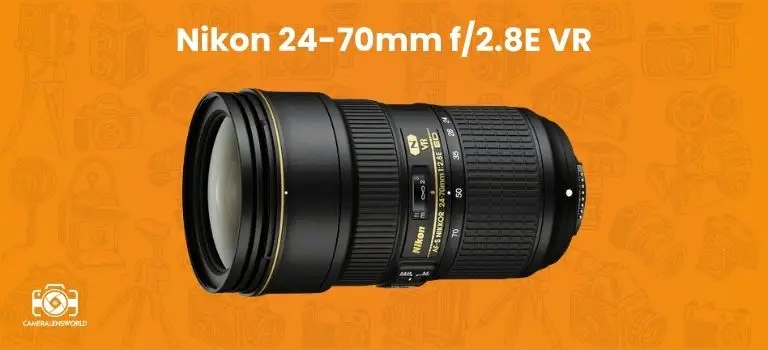
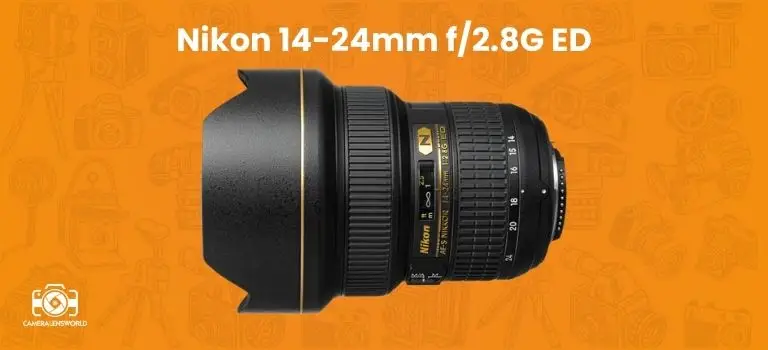
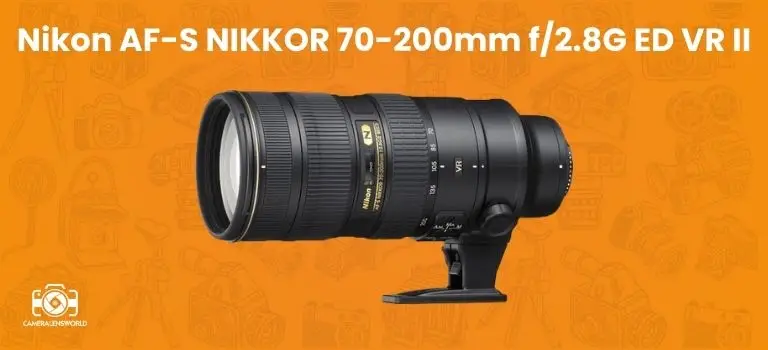
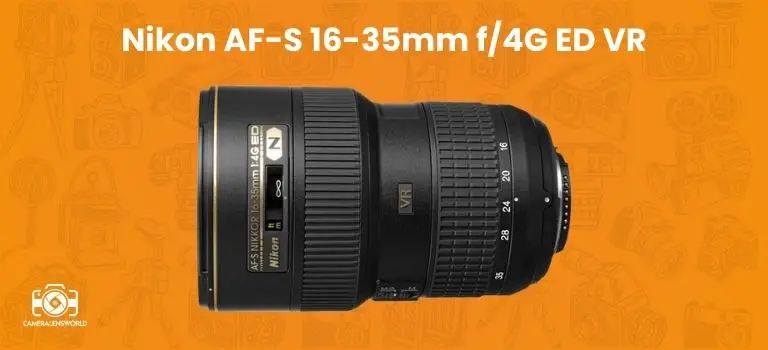
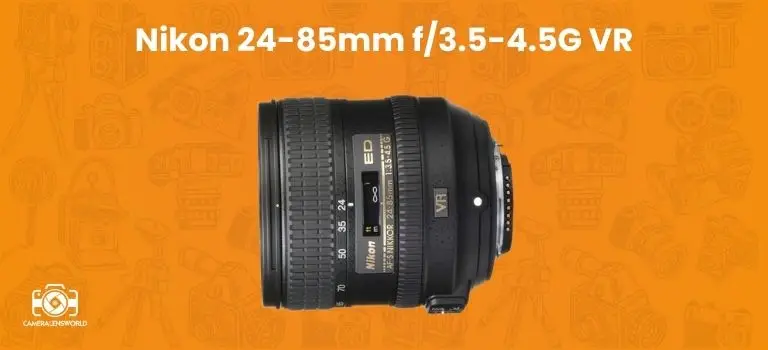
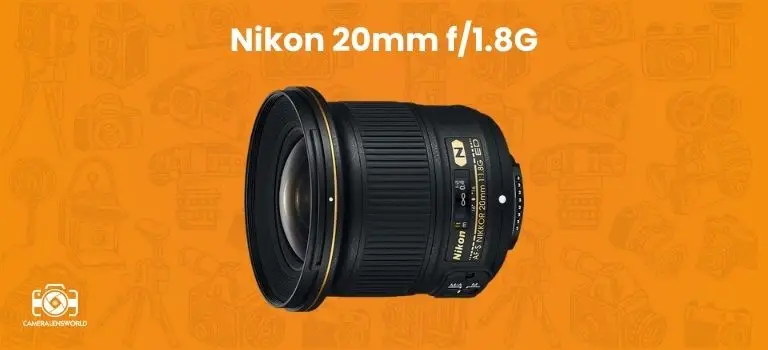
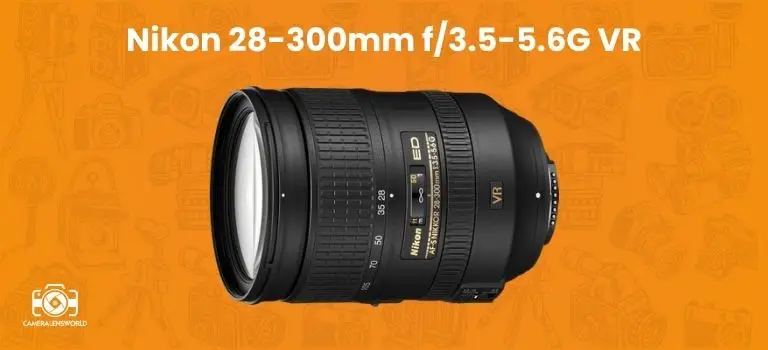
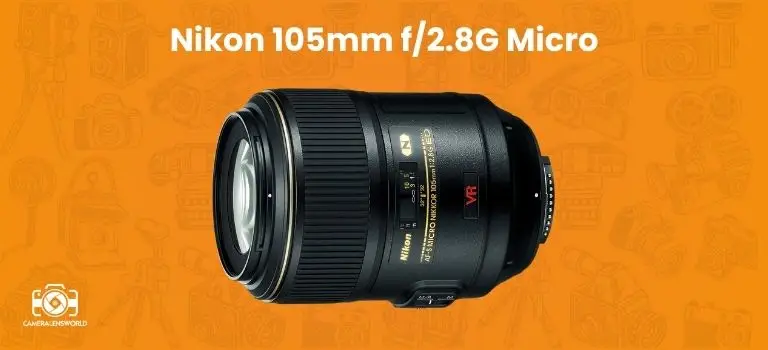
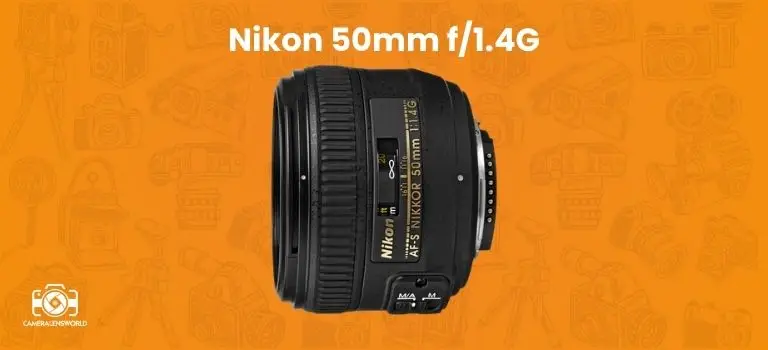

Leave a Reply
You must be logged in to post a comment.